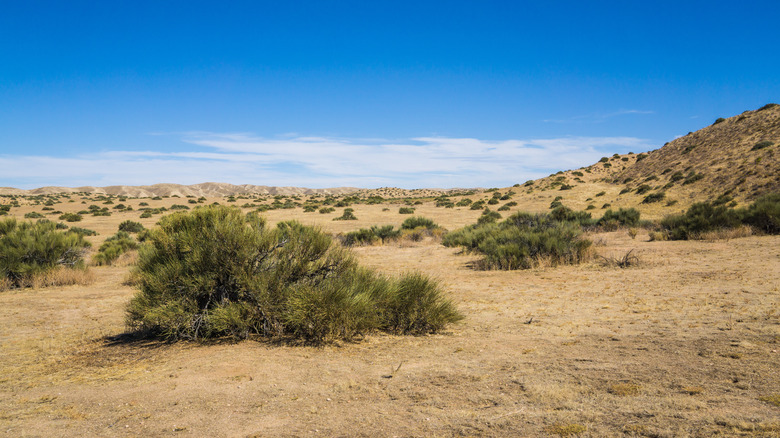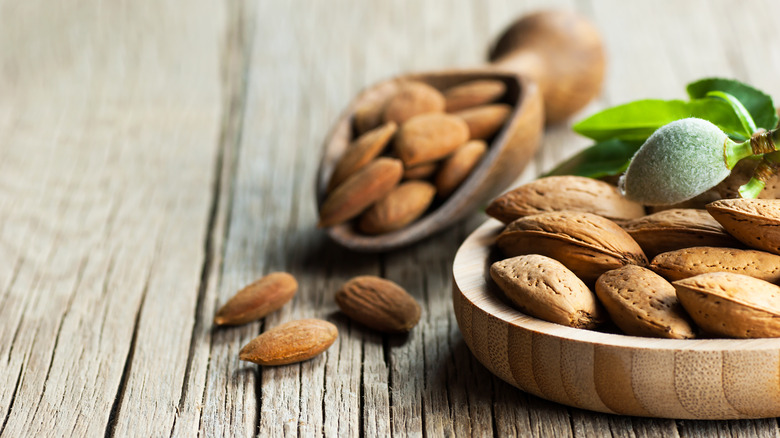How California's 'Megadrought' Could Affect Your Grocery Prices
California is no stranger to droughts, but the state is currently facing its worst one in four years. According to Boss Magazine, Farmers are slowly leaving areas of their fields unseeded due to a lack of water. Currently, this is a bad sign as the state carries a $50 billion agriculture industry that provides over 25% of food nationwide.
Business Insider explains that the driest season has only just started, and the state was classified as in "extreme drought." According to the National Centers for Environmental Information, this means that "major crop and pasture losses are common, fire risk is extreme, and widespread water shortages can be expected requiring restrictions."
The states most at risk to these conditions include California, Arizona, New Mexico, Colorado, and Utah. According to Kitco, a third of the country's vegetables and two-thirds of its fruits and nuts are grown in California, which is the state getting hit the hardest.
What does this mean for food and grocery prices?
There are a lot of factors that come into play when talking about grocery store prices. However, due to drought-related complications, they very well could get higher by about 3%. David Kranz, a California Farm Bureau spokesperson, told Business Insider that, "the payment that farmers receive for their crops is a very small portion of the price shoppers pay. Most of it comes from transportation, packaging, and marketing."
There is no doubt that this is a devastating year for farmers, as they are continuing to downsize their crops, catering to ones that don't need as much water. Almonds and milk are the first products assumed to be more expensive for customers as farmers struggle to produce a sustainable amount. However, it will take time before the state is able to see how the drought conditions will alter consumer prices.
This is not the first time that a drought has altered grocery store costs. The 2014 drought affected avocados, berries, grapes, lettuce, and broccoli, all of which saw price increases ranging from 17 to 62 cents. This drought ended with a loss of $3.8 billion for the agriculture industry, Business Insider reports. Hopefully, this 'megadrought' subsides enough for California, the farmers, and our incomes!

